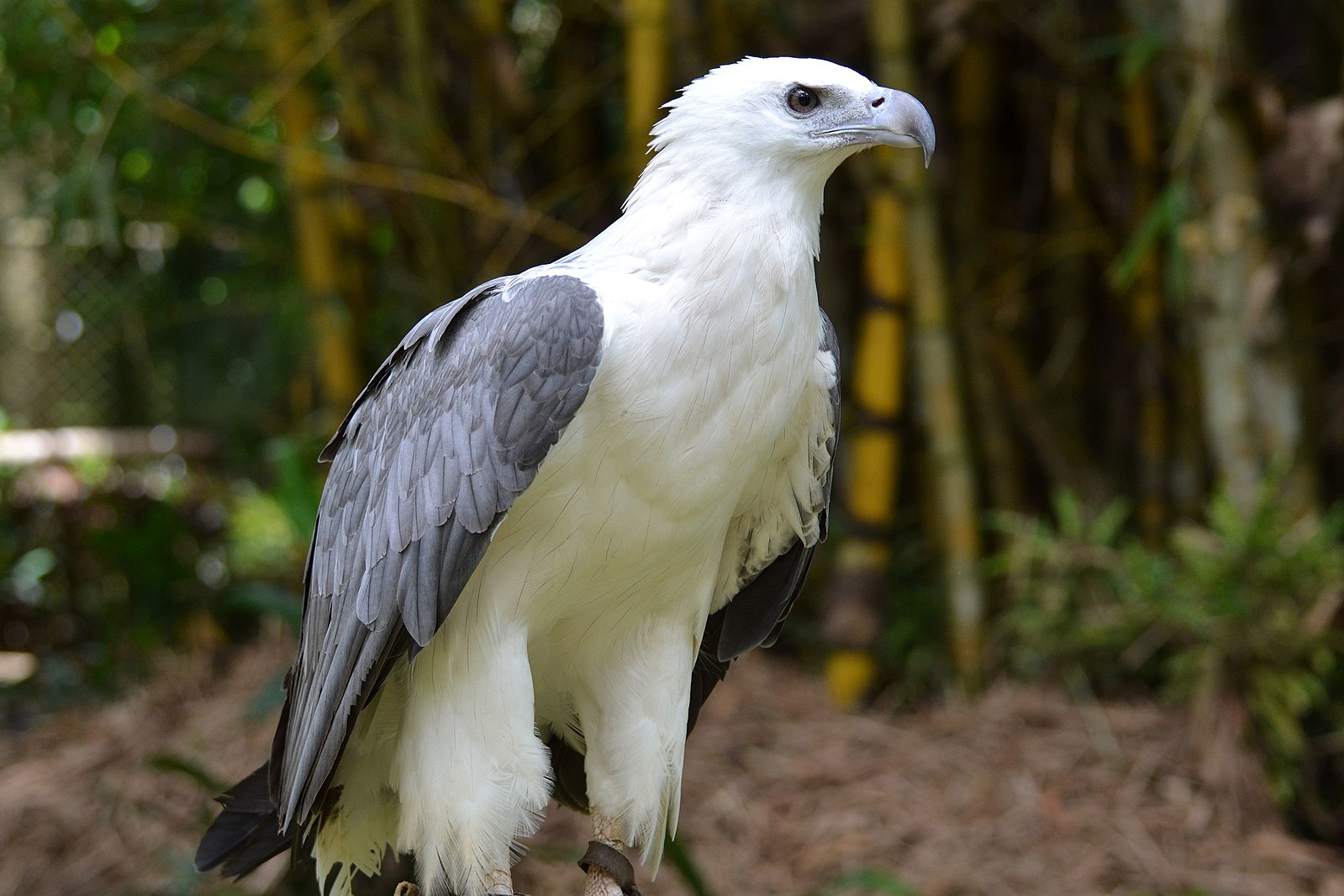White-bellied sea eagles (Haliaeetus leucogaster) are known to fly in small groups when there is a plentiful source of food available. While these majestic birds are often seen soaring alone or in pairs, they can occasionally form larger groups to take advantage of abundant prey.
Do White Bellied Sea Eagles Fly in Groups?
White-bellied sea eagles are known to exhibit the following behaviors when it comes to flying in groups:
-
Small Group Gatherings: When there is a carcass or a large concentration of fish, white-bellied sea eagles may gather in small groups to take advantage of the abundant food source. These groups are typically composed of a few individuals, often less than 10 birds.
-
Cooperative Hunting: Pairs of white-bellied sea eagles have been observed hunting cooperatively, with one bird flushing out prey while the other waits to strike. This coordinated effort can be more effective in catching fish and other aquatic prey.
-
Breeding Season Displays: During the breeding season, pairs of white-bellied sea eagles may perform impressive aerial displays, flying in close proximity to each other and mirroring each other’s movements. This behavior is part of their courtship and pair-bonding rituals.
-
Territorial Defense: While white-bellied sea eagles are generally solitary or found in pairs, they may occasionally form small groups to defend their territories from other birds of prey or potential threats.
Nesting and Breeding Habits of White Bellied Sea Eagles
 Image source: bellied sea eagle by shankar s
Image source: bellied sea eagle by shankar s
White-bellied sea eagles are monogamous birds, with pairs remaining together until one of the birds dies. The breeding season for these eagles varies depending on their geographic location, but they typically choose tall trees or man-made structures, such as pylons, to build their nests.
- Nest Site Selection: White-bellied sea eagles usually build their nests in the forks of large trees overlooking bodies of water, such as rivers, lakes, or coastal areas.
- Egg Laying and Incubation: The female white-bellied sea eagle typically lays a clutch of 2 dull, white, oval eggs, which are incubated for around 6 weeks before hatching.
- Chick Rearing: Although 2 eggs are laid, it is uncommon for both chicks to be successfully reared to the fledgling stage. The eaglets are covered in white down when they emerge from the egg and usually fledge when they are 70 to 80 days old.
- Parental Care: The eaglets remain around their parents’ territory for up to 6 months or until the following breeding season, receiving care and support from their parents during this time.
Threats and Conservation Status of White Bellied Sea Eagles
While white-bellied sea eagles are not globally threatened, they have experienced declines in certain regions, particularly in Southeast Asia and southeastern Australia. The main threats to these birds include:
- Habitat Disturbance: Human activities, such as development and recreational use, near nesting sites can negatively impact the breeding success of white-bellied sea eagles.
- Habitat Loss: The removal of suitable nesting trees can reduce the availability of suitable breeding sites for these birds.
- Direct Threats: White-bellied sea eagles face threats such as shooting, poisoning, trapping, and collisions with power lines and wind turbines, as well as entanglement and environmental pollution.
Conservation efforts to protect white-bellied sea eagles include habitat preservation, nest monitoring, and public education campaigns to raise awareness about the importance of these majestic birds.
Conclusion
White-bellied sea eagles are remarkable birds that can occasionally form small groups when there is an abundance of food available. While they are more commonly seen flying alone or in pairs, these eagles have the ability to cooperate and coordinate their hunting efforts, as well as engage in impressive aerial displays during the breeding season. Understanding the unique behaviors and conservation needs of white-bellied sea eagles is crucial for ensuring the long-term survival of these magnificent birds.

